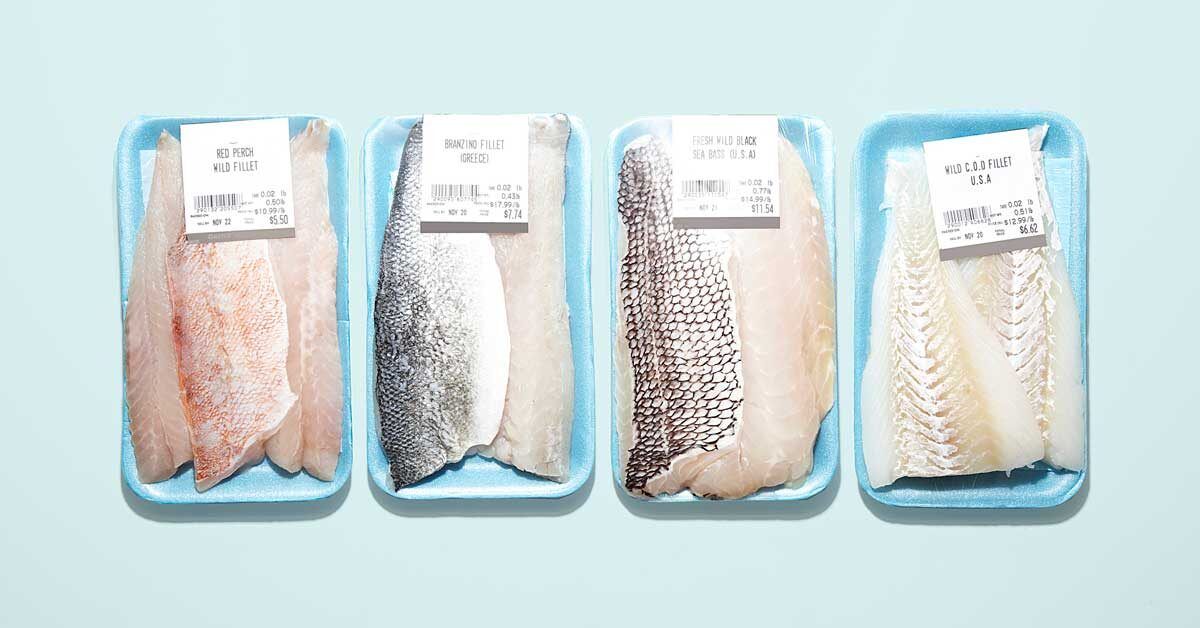
A new government study reveals that 3 out of 4 Americans have no idea what the government’s MyPlate dietary guide is. The study, Awareness of the MyPlate Plan: United States, 2017–March 2020, published last week by the Centers for Disease Control’s National Center for Health Statistics, says that MyPlate, the much-ballyhooed successor to the USDA’s Food Pyramid, is virtually unknown among the eating public.
“More than a decade after Agriculture Department officials ditched the pyramid, few Americans have heard of MyPlate, a dinner plate-shaped logo that emphasizes fruits and vegetables,” the Associated Press reported last week.
The study authors surveyed more than 9,000 Americans over 16, asking them if they had heard of MyPlate and, if so, whether they had ever used it. Overwhelmingly, the study found they had not. According to the data, only one in four American adults has ever heard of MyPlate; fewer than one in eight Americans “had tried to follow” MyPlate’s dietary recommendations—including, in the latter case, fewer than 1 in 25 men.
MyPlate, the study explains, is the federal government’s “primary educational tool to communicate federal dietary guidance.” It seeks “to improve food choices and diet quality by providing science-based nutrition education and advice.” The guidance “promotes whole fruits, a variety of vegetables, whole grains, a variety of protein foods, and low-fat or fat-free dairy or fortified soy alternatives, with limited added sugars, saturated fat, and sodium.”
After MyPlate’s debut, Harvard researchers called it “a good move,” expressing hope the switch from triangular pyramid to round plate would “nudge Americans away from meals dominated by meat and starch and towards meals made up mostly of plant-based foods.“
Other MyPlate hype was less measured. It brings kids “joy“! The elderly love it!
Not exactly—and also not exactly surprising. In 2005, shortly after USDA modified its Food Pyramid, a California olive oil trade group conducted a survey similar to that released by the CDC last week. The purpose of the olive oil survey was “to gauge what consumers, nutritionists, and foodservice professionals knew about the new guidelines, and whether or not they intended to change dietary or exercise habits based on this new knowledge.” Lo and behold, that survey found 3 out of 4 Americans “believe their understanding of what the revised Food Pyramid means is less than ‘good’” (read: bad) and also found roughly 2 of 3 “respondents said they had made no changes in their diet in response to the guidelines.“
Whether MyPlate or the Food Pyramid or any other federal intervention in Americans’ dietary choices, the results have always been disastrous.
“Starting in the 1980s the federal government’s urged people to shun fats and cholesterol and load up on carbs,” A. Barton Hinkle wrote in Reason in 2016. “A 1990s food pyramid from the USDA placed bread, rice, and pasta at the base, suggesting a person eat six to 11 servings a day—but only two or three servings of meat or eggs and even less of fats.“
Not by coincidence, many argue, the explosion of obesity in America soon followed.
Some former MyPlate fans have soured on the approach. Last week, for example, noted food-policy expert Marion Nestle—formerly a MyPlate supporter—called MyPlate “old hat” that “is so far from what Americans actually eat as to seem unattainable.”
When it first debuted in 2011, the USDA and then-First Lady Michelle Obama touted MyPlate as “a reminder to help consumers make healthier food choices.” It appears someone forgot to remind Americans to be reminded by that reminder.
“Not only does the government have no role to play in making decisions about what we should eat, but the government has proven to be an abominable decisionmaker when it comes to influencing dietary choices,” I wrote in a 2012 column on the government’s galling role in promoting certain foods and diets at the expense of others. “Individuals and families are much more capable of making such choices on their own.“
Americans largely ignore the government’s nutritional and dietary advice. And the federal government will no doubt largely ignore the results of its own research—meaning the failure that is MyPlate will likely continue apace until it’s replaced by another highly touted but ultimately ignorable government dietary scheme.



